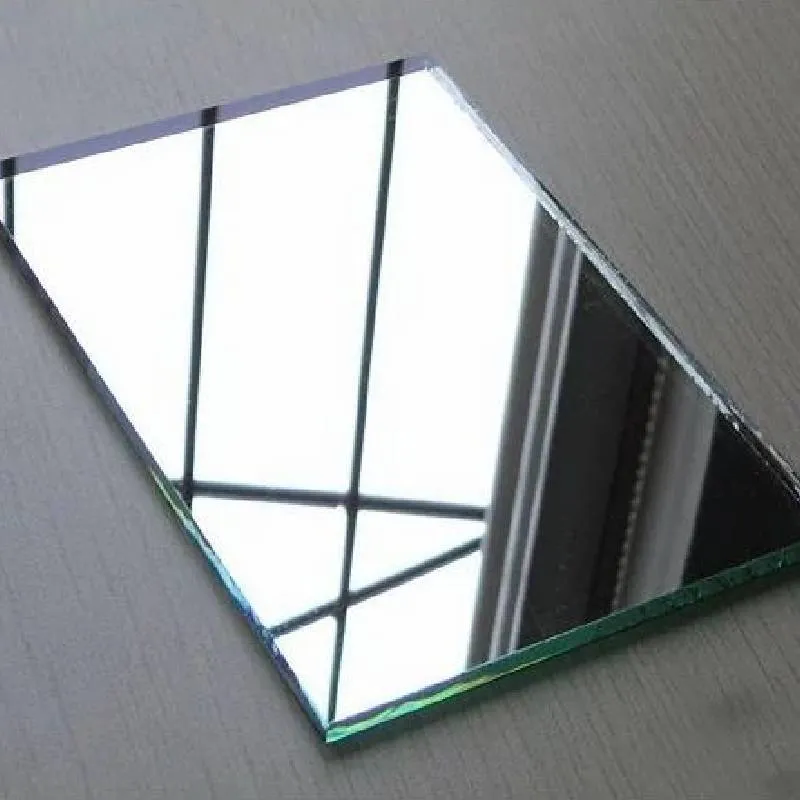

Tinted Toughened Glass Enhancing Aesthetics and Functionality
In modern architecture and design, glass has become an indispensable material, celebrated for its ability to provide natural light, create openness, and enhance aesthetics. Among the various types of glass available, tinted toughened glass has risen to prominence due to its unique combination of visual appeal and practical features. In this article, we will explore what tinted toughened glass is, its benefits, applications, and the reasons behind its growing popularity.
Understanding Tinted Toughened Glass
Tinted toughened glass, also known as tempered glass, is produced by heating standard glass to high temperatures and then rapidly cooling it. This tempering process increases the glass's strength, making it up to five times stronger than standard glass. Additionally, a tint is applied during the manufacturing process, which not only modifies the color of the glass but also enhances its ability to reduce glare and control solar heat gain.
The tint can come in various shades, allowing designers and architects to choose a color that complements their overall design. Common colors include grey, bronze, and green, each offering distinct benefits in terms of light transmission and aesthetic appeal.
Benefits of Tinted Toughened Glass
1. Enhanced Privacy One of the primary advantages of tinted toughened glass is its capacity to provide privacy while still allowing natural light to filter through. The tint acts as a barrier to prying eyes, making it an ideal choice for residential homes, offices, and commercial buildings situated in high-traffic areas.
2. Reduced Heat Gain In regions with high temperatures, tinted toughened glass can significantly reduce heat gain from sunlight. The tint reflects a portion of the solar radiation, keeping indoor spaces cooler. This reduces reliance on air conditioning, translating to energy savings and enhanced comfort.
3. Improved Glare Control Glare can be a significant issue in homes and workplaces, affecting visibility and causing discomfort. Tinted toughened glass effectively reduces glare from direct sunlight, resulting in a more enjoyable and productive environment.
4. UV Protection Tinted glass can block up to 99% of harmful ultraviolet (UV) rays. This feature is particularly beneficial for protecting furniture, flooring, and artwork from fading due to prolonged sun exposure.

5. Safety and Durability The tempering process not only enhances the strength of the glass but also increases its resistance to impact. In the event of breakage, tinted toughened glass breaks into small, blunt pieces rather than sharp shards, reducing the risk of injury.
Applications of Tinted Toughened Glass
The versatility of tinted toughened glass means it can be used in a wide range of applications. Here are some popular uses
- Commercial Buildings Many businesses opt for tinted toughened glass in their façades to create a sleek and modern appearance while benefiting from energy efficiency and glare reduction.
- Residential Settings Homeowners appreciate tinted toughened glass in windows and doors for its aesthetic appeal, privacy, and energy-saving properties.
- Glass Partitions In corporate offices, tinted toughened glass is often used for partitions, providing separation while maintaining an open feel.
- Shower Enclosures Tinted glass can add a touch of elegance to bathrooms, providing privacy and enhancing the overall look while being easy to clean and maintain.
Conclusion
Tinted toughened glass represents a harmonious blend of aesthetics, safety, and functionality. Its ability to improve privacy, control solar heat gain, and reduce glare makes it an attractive choice in various applications, from residential homes to commercial buildings. As architects and designers continue to seek innovative materials that enhance both the beauty and performance of their projects, tinted toughened glass stands out as a leading option. With its increasing popularity, it is clear that this type of glass will remain a significant player in the architectural world for years to come, shaping the way we design and experience our environments.